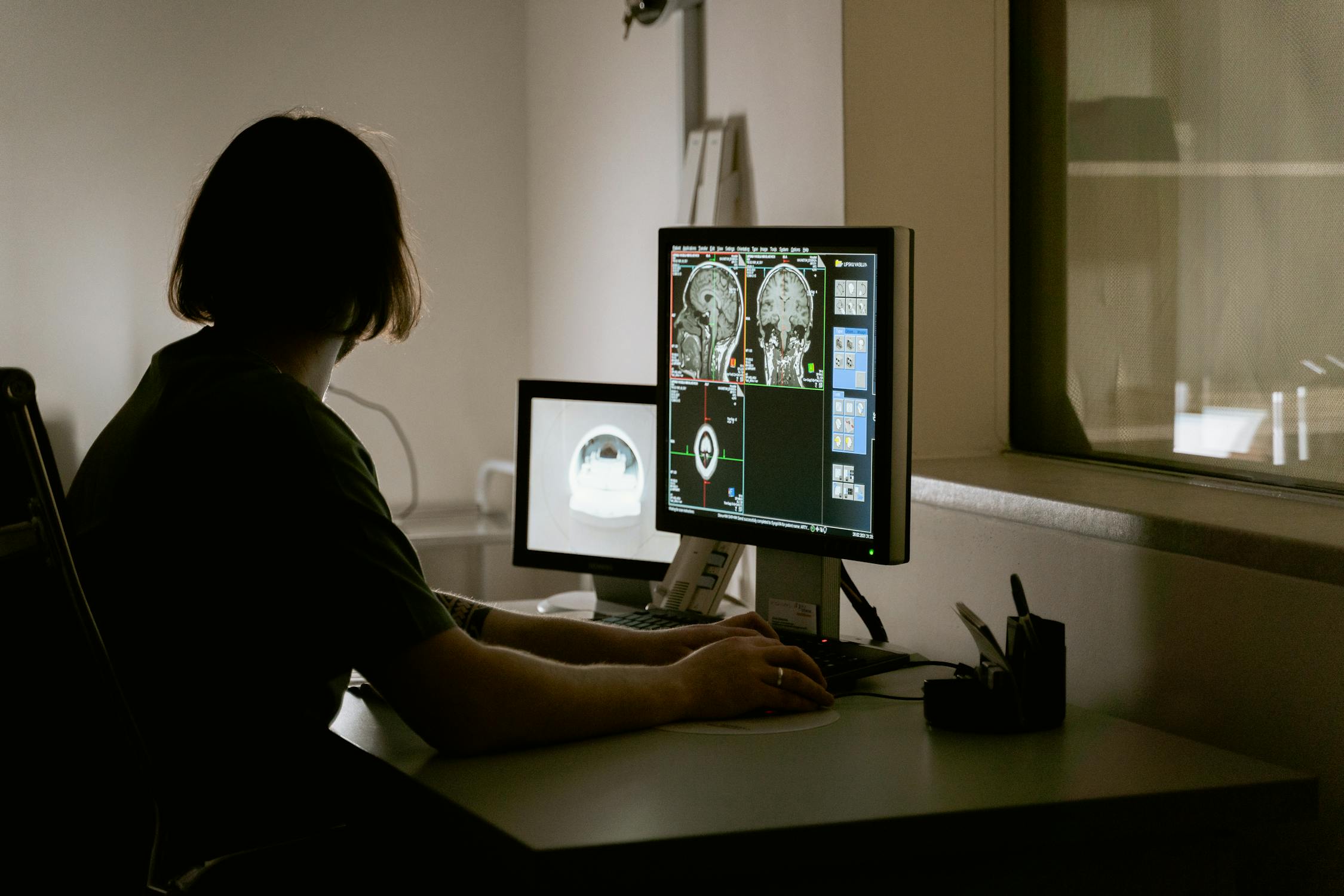|
Source: https://www.nuclear-shields.com/ The medical staff employs various measures to estimate the absorbed radiation dosage when a person has been exposed to a high dose of radiation due to an accident or assault. This information is crucial for identifying the severity of a disease, the best therapies to take, and whether or not a person will live. Radiation sickness treatment aims to prevent future radioactive exposure, treat life-threatening injuries such as burns and trauma, reduce symptoms, and manage pain. The sickness happens especially if the patient does not prepare radiation shielding products.
Cleaning and decontaminationDecontamination entails the removal of radioactive particles from the environment. Taking off your clothes and shoes removes around 90% of external pollution. Additional radiation particles are removed from the skin by gently washing with water and soap. Decontamination prevents radioactive contaminants from spreading. Internal contamination due to inhalation, ingestion, or open wounds is minimized as well. Damaged bone marrow treatmentA granulocyte colony-stimulating factor may mitigate the impact of radiation sickness on bone marrow. It increases the formation of white blood cells. Filgrastim (Neupogen), sargramostim (Leukine), and pegfilgrastim (Neulasta) are protein-based medications that may assist enhance white blood cell production and help avoid infections. Transfusions of platelets or red blood cells may be required if your bone marrow has been severely damaged. Internal contamination treatmentSome therapies may help to decrease the harm caused by radiation to internal organs. These therapies would only be used if you had been exposed to a certain kind of radiation. The following are some of the treatments available:
Supportive treatmentAdditional medicine or therapies may be given to you if you have radiation sickness to treat:
End-of-life careA person who has been exposed to very high levels of radiation has little chance of recovering. Death might happen in two days or two weeks, depending on the severity of the sickness. People who have received a lethal dosage of radiation will be given medicine to help with pain, nausea, vomiting, and diarrhea. Psychological or spiritual treatment may also be beneficial to them. |


